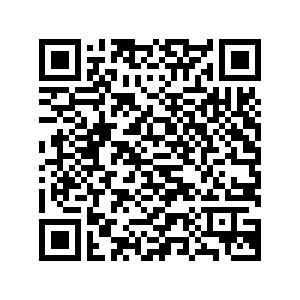CANBERRA, Dec. 4 (Xinhua) -- The proportion of Indigenous Australian children with hearing issues has almost halved since 2001, a government report has found.
The Australian Institute of Health and Welfare (AIHW) on Monday published its first annual report on the ear and hearing health of Aboriginal and Torres Strait Islander people, revealing that the rate of hearing problems among Indigenous children aged 0-14 has fallen from 11 percent in 2001 to 6.9 percent in 2018-19.
"Hearing problems in children can affect speech, language, thinking skills and behavioural development," Jo Baker, an author of the report, said in a media release.
"First Nations people and in particular children, experience high rates of ear and hearing problems, which can have profound impacts on overall health and quality of life, including the ability to communicate cultural knowledge and their immersion in culture."
Improving ear and hearing health of Indigenous Australians is one of the targets of the Closing the Gap scheme, which aims to address disadvantages faced by Aboriginal and Torres Strait Islander people.
The report found that in 2018-19, 43 percent of Indigenous Australians aged seven and over had measured hearing loss in one or both ears.
Of all ear or hearing-related hospitalizations of Indigenous children aged 0-14 between 2020 and 2022, 88 percent were for middle ear disease, an infection that can cause a hole or tear in the eardrum but can be treated if detected early.
The report found that the rate of audiology services for Indigenous children is on the rise.
It found that in 2022, 36 percent of Indigenous people aged 0-25 with a hearing device had it fitted before turning five years old compared to 10 percent in 2008. ■
